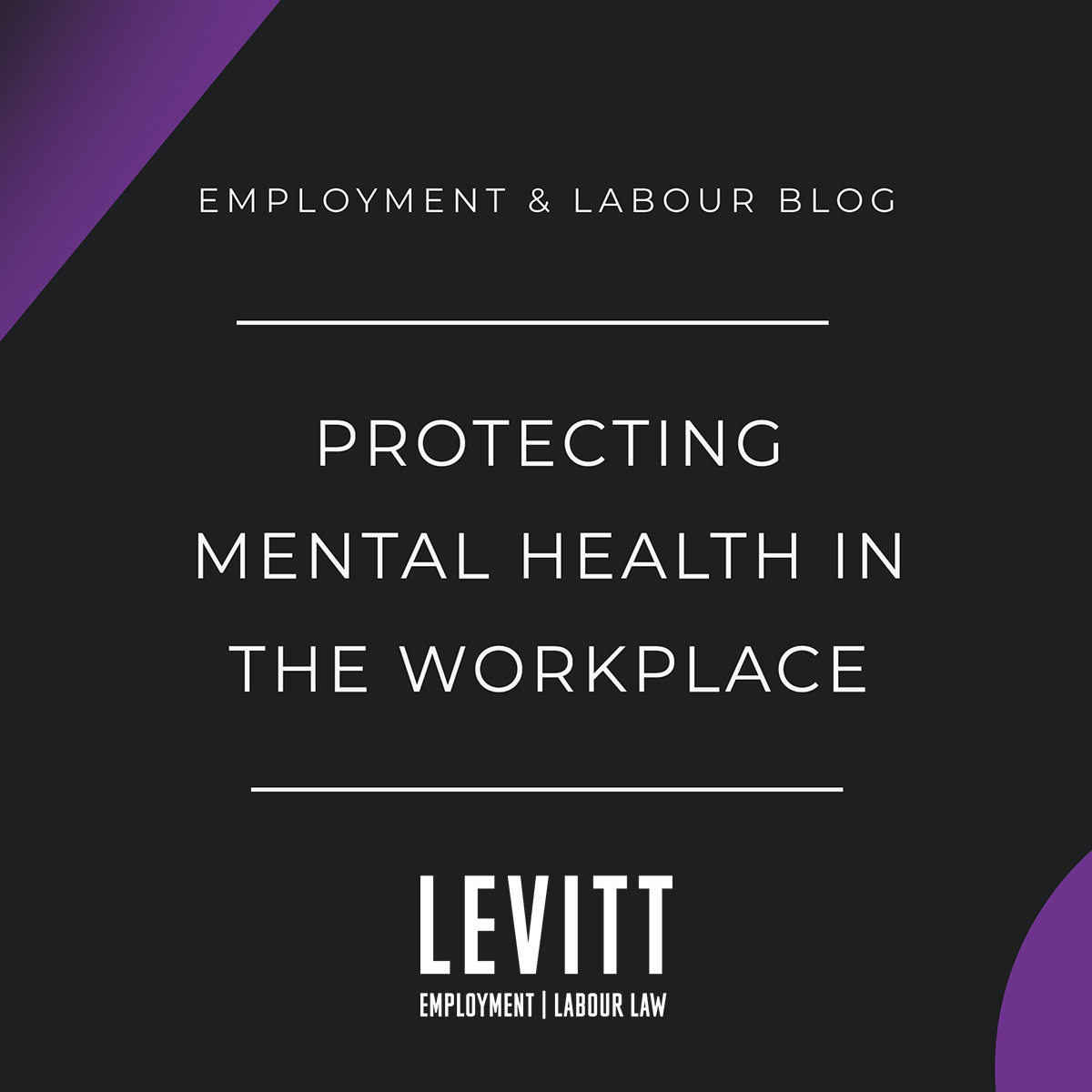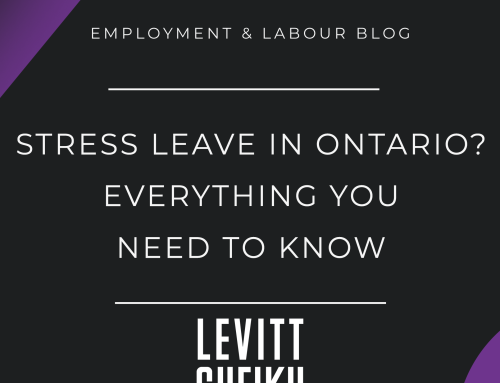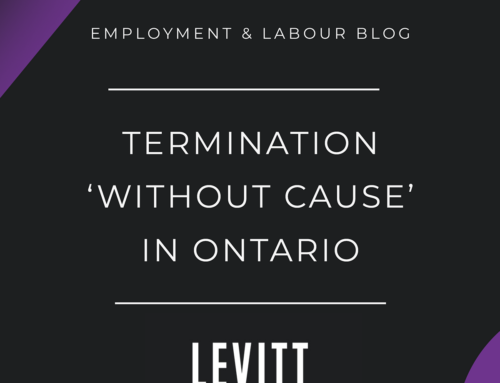Employers are generally aware of the need to protect the health of their employees, including policies and procedures to ensure a healthy workplace. However, mental health is often neglected. Promoting and creating a mentally healthy and safe workplace can seem difficult for employers, but it doesn’t have to be. This article outlines strategies employers can implement to mitigate against mental health issues and promote a psychologically healthy workplace to ensure their employees are happy, healthy, and productive.
Mental Health Problems in the Workplace: Statistics
Workplaces can play an essential part in maintaining overall positive mental health but can also be stressful environments that contribute to employees’ mental illness. According to a report by the Mental Health Commission of Canada, most Canadian adults spend more time at work than anywhere else. In fact, 1 in 5 Canadians will experience mental illness at some point in their life and many will seek disability benefits as a result. Approximately 70% of disability related costs in the workplace are attributed to mental illness which often stem from stress caused by a toxic work environment or excessive pressure at work.
However, there are steps employers can take to minimize work-related mental health issues and related disability leaves. An important first step is for employers to understand, recognize, and acknowledge mental illness. The next is to create workspaces which allow employees to protect their mental health, including taking “mental health” sick days, and promote psychological well-being
Why Protect Mental Health?
There are several reasons employers should take steps to promote and protect the mental health of their employees.
- Employee Productivity
- Healthy and happy employees are more productive.
- Health and Safety
- Mental health is fundamental to overall health and safety.
- Increase Engagement
- Mentally healthy employees are likely to be more engaged and more focused at work.
- Enhance Reputation/Recruitment and Retention
- Cultivate a reputation as an employer people want to work for.
- Organizational Excellence
- Mentally healthy employees contribute to the overall excellence of a company or organization.
- Manage Costs
- The costs of mental health-related disability benefits and litigation can add up. Avoid them by being proactive.
- Reduce Liability
- Employers have a legal duty to maintain a psychologically safe work environment.
- Practices that create foreseeable risk of mental injury can lead to legal liability under certain circumstances.
Promoting mental health in the workplace is in the interest of both employers and employees. Mentally healthy employees are more productive and engaged at work. Employers who create mentally healthy workplaces enhance their reputations while minimizing the costs related to mental health problems. It’s a win-win.
How to Protect Mental Health in the Workplace
Creating a healthy workplace takes the full support of an organization, from management to the employees. It requires careful planning and an organization-wide holistic approach. It won’t happen overnight, but over time any company can create a mentally healthy workplace. Here are a few key strategies for creating a mentally healthy workplace.
- Define a Business Case
- Making the decision to improve psychological health needs to be based on a solid business case to justify the investment of time and money required for implementation.
- These need not necessarily be quantifiable.
- For example, simply wanting to protect the health of your employees and enhance the company’s reputation is a strong business case.
- Ensure Commitment Throughout the Organization
- Involvement, commitment, and support of company leaders is key.
- Buy-in from the entire organization is critical.
- Establish a policy statement that outlines management’s commitment.
- Encourage workers and management to participate and get on board.
- Communicate Widely and Effectively
- Communication is critical to maximize awareness.
- Everyone must understand the motivations and strategies to implement them.
- Both top-down and bottom-up communication is necessary.
- Build a Mental Health and Safety Culture
- The idea of a safety culture originates in industries prone to workplace accidents.
- This idea can be applied to any and all industries and workplaces.
- Create a set of common organizational values regarding the importance of mental health.
- Build consensus and establish that “this is how things are done” at this company.
- This also means trying to overcome the stigma around mental health.
- Leadership and participation are critical.
- Ensure Adequate Resources for Implementation
- Time and funding are necessary to support implementation.
- Build an adequate mental health structure and establish resources for those in charge of implementation.
- Select the Best Actions for Your Organization
- No two companies are exactly alike. What works for one company or industry might not work for yours.
- Some basic principles can be widely applied:
- Establish clear protocols for identifying and managing psychological risks.
- Select actions based on identified risks.
- Incorporate evidence.
- Customize actions.
- Consider Psychological Health and Safety in Times of Change
- Change is inevitable in a company.
- Consider the mental health risks when big or small changes occur.
- Employees may need time to adapt and the process of adaptation can be stressful.
- Define Your Goals
- Set out your goals at the beginning.
- Define success.
- Determine how you will measure success.
- Sustain Implementation Efforts
- Once you have succeeded in implementing mental health strategies, you must continue to work to maintain the changes over time
- This can be done by empowering employees, ensuring succession planning, and forming partnerships.
- This also includes internal audits to ensure ongoing compliance and implementation.
- Conduct scheduled management reviews.
- Take preventative and corrective action.
Use this guideline as a step in the right direction towards a psychologically healthy workplace. For more information see the MHCC’s website here.
DISCLAIMER:
Remember, this blog provides only general information and is not a substitute for legal advice. If you have a legal problem, you should seek out legal advice before making any decisions.






